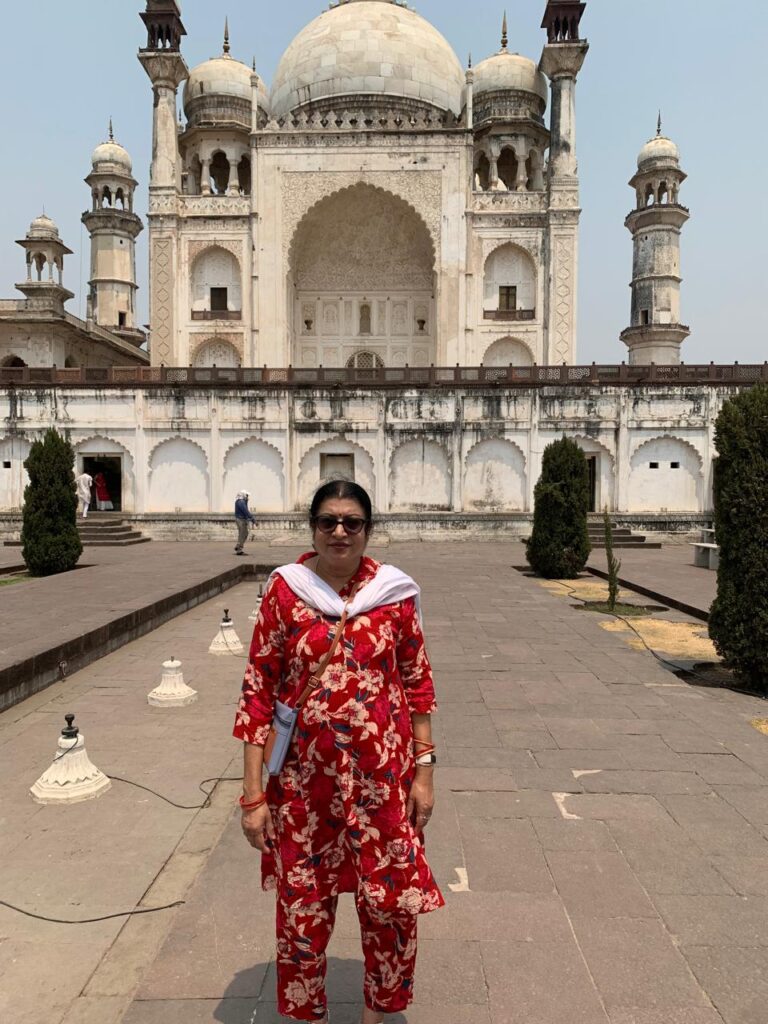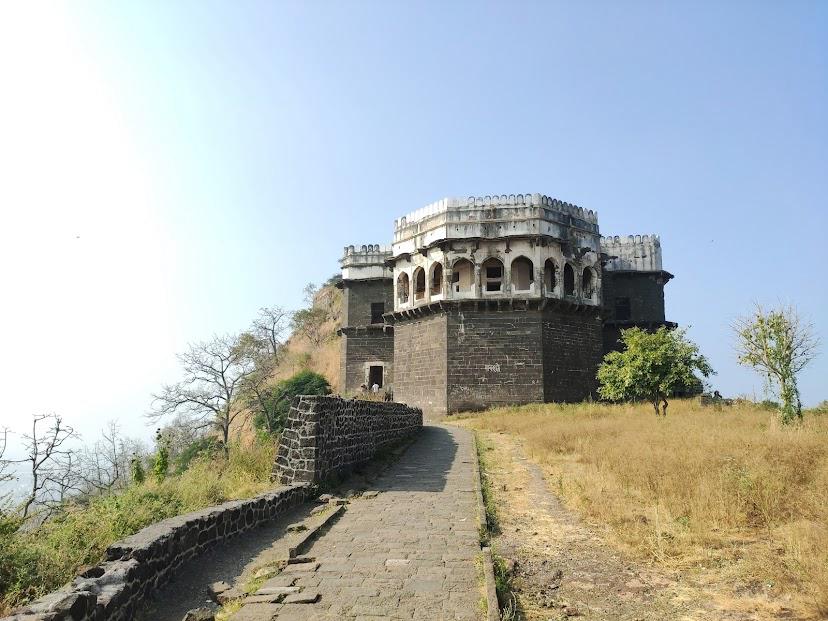Unveiling the Majestic Daulatabad Fort: A Journey Through Time:
By Lokanath Mishra
As I stepped into the historic Daulatabad Fort on 30th March 2025, I felt as though I had entered a bygone era. Located in the quaint village of Daulatabad near Aurangabad, Maharashtra, this majestic fortified citadel has witnessed the rise and fall of empires, and has been a silent spectator to the unfolding of Indian history.

My journey through the fort took me back in time to the 9th century, when the Yadavas established Devagiri as their capital. The fort’s strategic location along caravan routes made it an important uplands town, attracting merchants and travelers from all over India.
As I explored the fort, I learned about its fascinating history. In 1308, the Delhi Sultanate annexed the city, and in 1327, Muhammad bin Tughluq renamed it Daulatabad and shifted his imperial capital from Delhi to this very city. The fort’s architecture, with its imposing walls and intricate fortifications, is a testament to the engineering prowess of the Delhi Sultanate.
However, Muhammad bin Tughluq’s decision to shift the capital back to Delhi in 1334 marked the beginning of a new chapter in the fort’s history. In 1499, Daulatabad became part of the Ahmadnagar Sultanate, which used it as their secondary capital.

As I walked through the fort’s corridors, I couldn’t help but feel a sense of awe at the sheer scale and grandeur of the structure. The fort’s fortifications, which were constructed under the Ahmadnagar Sultanate, are a testament to the military prowess of the Sultanate.
My visit to the Daulatabad Fort was a journey through time, a journey that took me through the rise and fall of empires, and the unfolding of Indian history. As I left the fort, I felt grateful for the opportunity to experience this piece of history, and I couldn’t help but feel a deep sense of respect for the architectural and cultural heritage of India.
Unveiling the Rich History of Daulatabad Fort: A Journey Through the Ages

Perched atop a hill in the heart of Maharashtra, India, lies the majestic Daulatabad Fort, a testament to the region’s rich and varied history. The fort’s story begins in the 12th century, when it was founded by Bhillama V, a Yadava prince who renounced his allegiance to the Chalukyas and established the power of the Yadava dynasty in the west.
The Yadavas ruled over the fort and its surrounding areas for over a century, until the Delhi Sultanate, led by Alauddin Khalji, raided Devagiri (the fort’s original name) in 1296. The Yadavas were forced to pay a hefty tribute, but when the payments stopped, Alauddin sent a second expedition to Devagiri in 1308, forcing the Yadava king Ramachandra to become his vassal.
In 1328, Muhammad bin Tughluq of the Delhi Sultanate transferred the capital of his kingdom to Devagiri and renamed it Daulatabad. Tughluq’s decision to shift the capital was motivated by the fort’s strategic location, which lay more or less in the center of the kingdom and provided geographical security from the north-west frontier attacks.
However, Tughluq’s capital-shift strategy ultimately failed, and he was forced to shift back to Delhi, earning the moniker “Mad King.” The next important event in the fort’s timeline was the construction of the Chand Minar by the Bahmani Sultan Hasan Gangu Bahmani in the 14th century.
The Chand Minar, a replica of the Qutb Minar of Delhi, was built using lapis lazuli and red ocher for coloring. Today, the Minar is out of bounds for tourists due to a past suicide incident. The Chini Mahal, located further inside the fort, dates back to the Nizam Shahi dynasty and was later repurposed as a prison by the Mughals.
The Mughal Governor of the Deccan, under Shah Jahan, captured the fortress in 1632 and imprisoned the Nizam Shahi prince. The fort was later captured by the Maratha Empire in 1760. Throughout its history, the Daulatabad Fort has been a silent witness to the rise and fall of empires, and its imposing structure continues to stand as a testament to the region’s rich cultural heritage.
